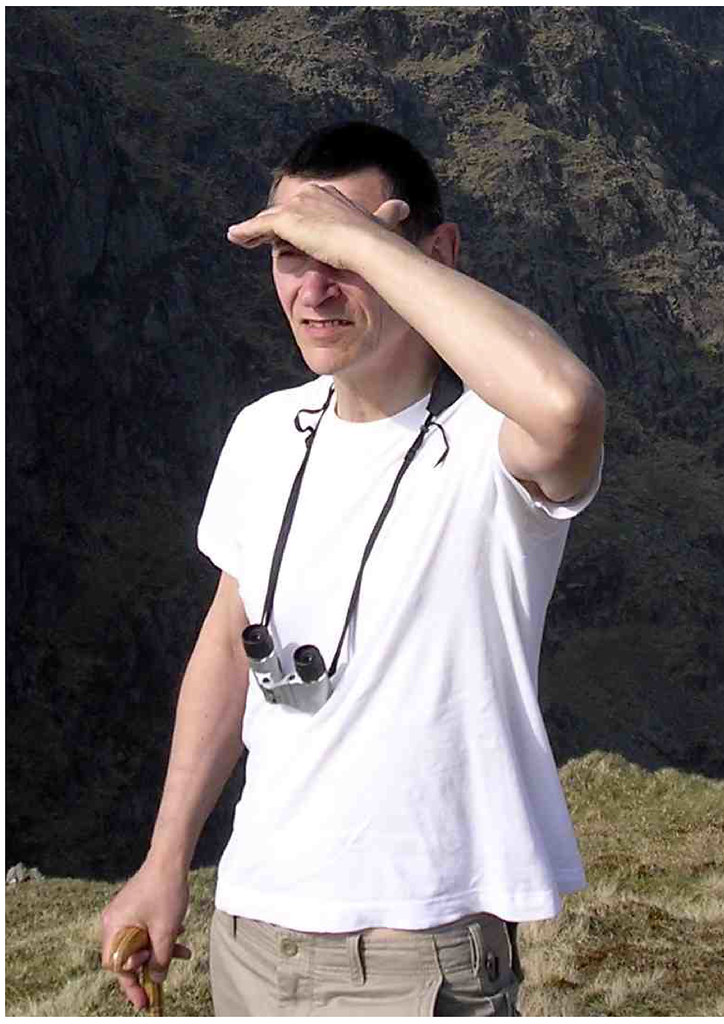In pursuit of making a twisted square-section sterling ring, some old square rod of about 2mm side was annealed then twisted with one end held in a vice, the other in pliers. This gave a twist of about 2.2mm diameter, with about 18 twists in a length of 76mm. The first picture below shows the original square rod, and the twist result. I subsequently found that it was much more convenient to grip with rod at the operator end with bulldog grips, resulting in an easier, more even and denser twist.
This twist was then annealed and formed into an open (unsoldered) ring before polishing, as in the second picture above. The result, although reasonably pleasant after polishing with radial polishing wheels, was aesthetically too coarse a gauge. It was then re-annealed, straightened then untwisted. To my surprise, I managed to then roll it through the mill wire rollers to re-form perfect 2mm square rod. These latter wire rollers were not actually much use, because their minimum gauge is in fact 2mm – this accounts for the prevalence of 2mm square rod in my scrap box (all produced from old sprues). So it was rolled through the flat rollers instead, rotating the rod a quarter revolution each pass, to give a final gauge of 1.8mm square. It was then twisted in two stages with annealing to give a diameter of 1.85mm with 46 twists per 76mm.
The third picture above shows the very sharp profile of the spiral twist made by the above process, which naturally would be expected to be uncomfortable if made into a ring. So another section of the twist was lightly sanded and repolished, as shown in the last picture.

